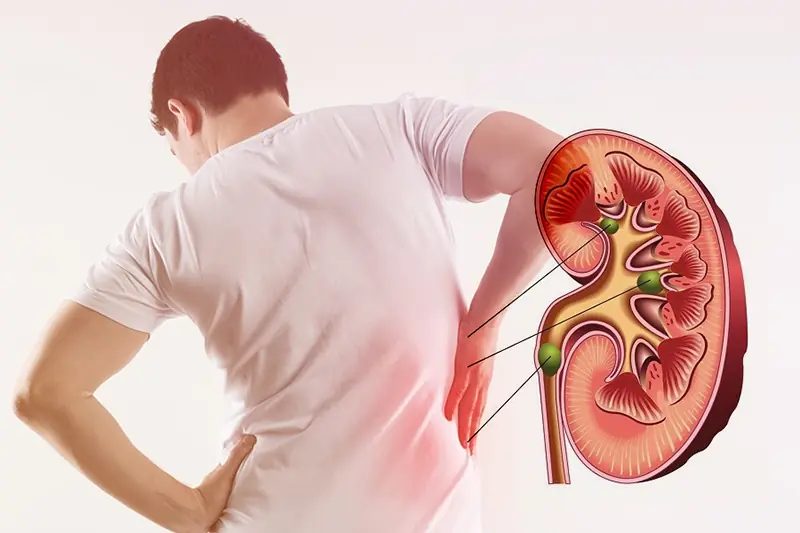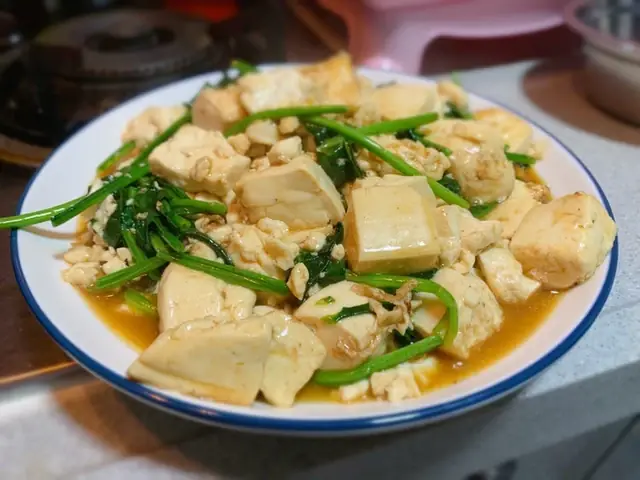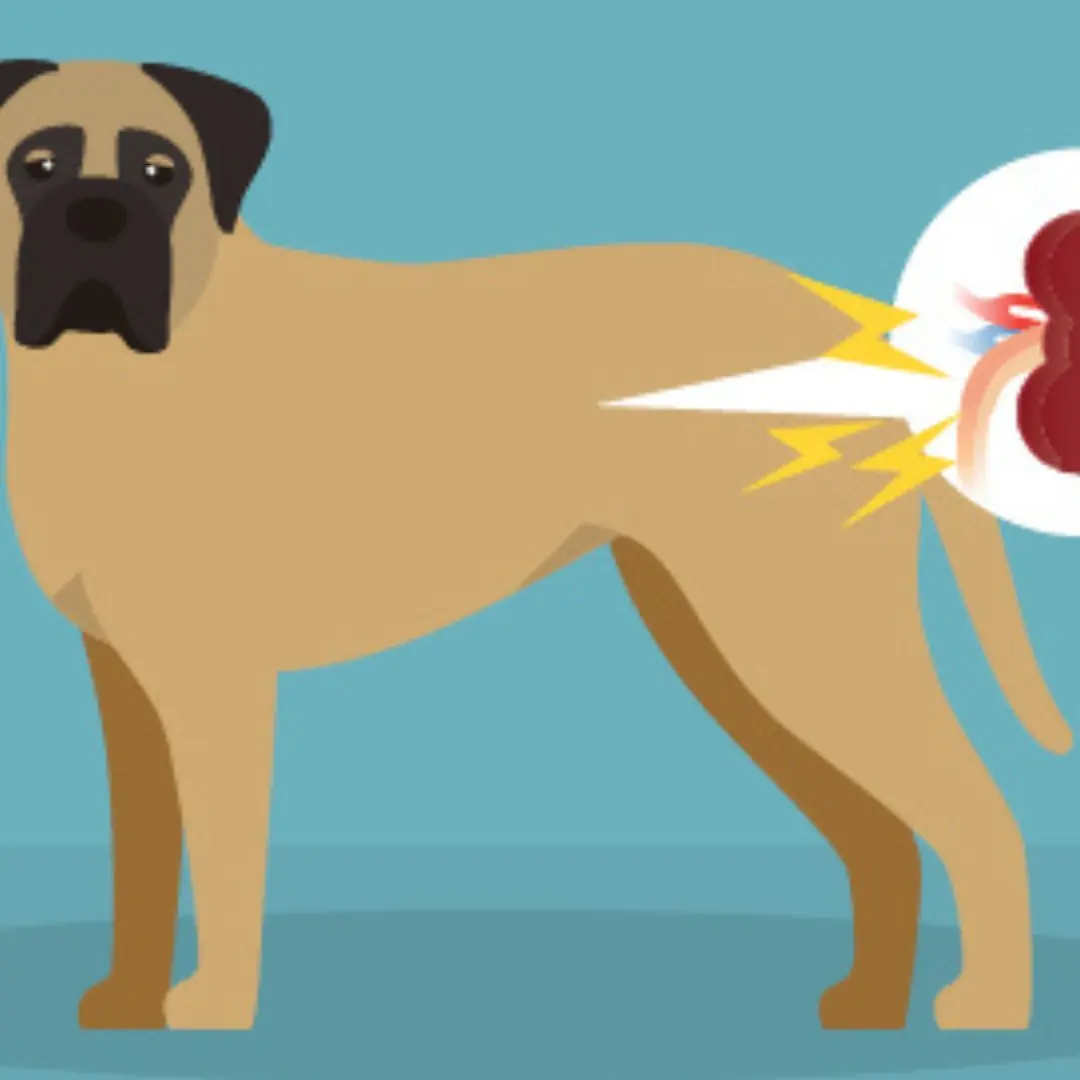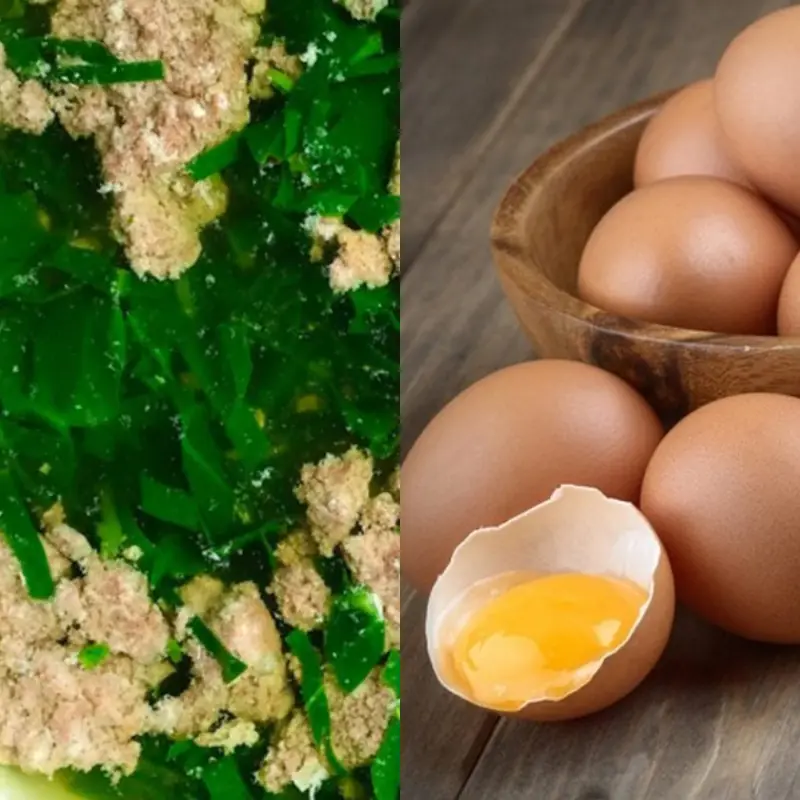
When going to the market, should you buy the pig's feet first or last?
Knowing how to differentiate and select between the front and back pork leg cuts is key to preparing delicious and authentic Vietnamese dishes that delight your family and guests.
Pork leg is a staple ingredient in many traditional Vietnamese dishes, prized for its versatility and rich flavor. Yet, many home cooks and even seasoned chefs sometimes struggle to distinguish between the front and back pork leg cuts, which can lead to suboptimal cooking results. Choosing the right cut is crucial because the texture, fat content, and taste vary significantly between these two parts, affecting the dish’s overall quality.
This comprehensive guide will help you identify the front and back pork legs and provide practical advice on selecting the freshest, highest-quality cuts for your culinary needs.

Characteristics of the Front Pork Leg
The front pork leg, also known as the “foreleg,” bears the brunt of the pig’s movements, resulting in a muscular and firm structure rich in tendons and ligaments. This makes the front leg tougher but also more flavorful and aromatic due to its dense muscle fibers and robust marbling.
Notably, the hooves of the front leg are typically larger and sturdier, reflecting the weight-bearing function of this limb. When slow-cooked or braised, the connective tissues break down beautifully, producing tender, succulent meat that absorbs flavors deeply. For hearty stews, soups, or braised dishes, the front pork leg is often the preferred choice.
Features of the Back Pork Leg
Conversely, the back pork leg is less involved in locomotion, mainly serving to support balance. As a result, the meat in this region is softer, with a higher fat content and looser muscle fibers, making it more tender but less intensely flavored than the front leg.
This cut is ideal for stir-fries, ground pork dishes, or porridges, where the softer texture and mild taste complement the cooking method. The back pork leg’s fattier composition lends itself well to recipes requiring juicy and delicate meat.
How to Differentiate Front and Back Pork Legs
Being able to distinguish these two cuts is essential not only to ensure the best cooking results but also to avoid purchasing the wrong cut unintentionally.
-
Muscle and Tendon Structure:
The front pork leg has a firmer feel and contains more visible tendons and ligaments. When sliced crosswise, you can clearly see the dense connective tissue, which contributes to its robust flavor when cooked properly. The back leg shows fewer tendons and a looser texture. -
Ratio of Lean Meat to Fat:
Front legs have a higher proportion of lean meat compared to fat, while back legs tend to be fattier with less dense muscle. This difference is visible in cross-section cuts, where the back leg has more white marbling and fatty tissue. -
Size and Shape of the Hooves:
The front leg typically features larger, more rounded hooves compared to the smaller, more tapered hooves of the back leg.
Tips for Choosing Fresh and Quality Pork Legs
When shopping for pork legs, whether front or back, follow these guidelines to ensure freshness and quality:
-
Touch and Texture:
The meat should feel moist and slightly firm to the touch, avoiding any sliminess or sticky residue, which may indicate spoilage. -
Color:
Fresh pork leg meat usually has a pale pinkish hue with some slight yellow undertones in the fat. Avoid cuts that look overly white or have unnatural discoloration, as these might be chemically treated or aged poorly. -
Size:
Medium-sized pork legs often provide better flavor and texture balance. Extremely large or irregularly shaped legs may be less tender or difficult to cook evenly.
The choice between front and back pork legs also depends on the dish you plan to prepare. For instance, the collagen-rich front leg is perfect for slow-cooked recipes that benefit from gelatinous textures, improving the mouthfeel and nutritional value. Meanwhile, the back leg is suited for quicker cooking methods, providing tender and juicy results with less cooking time.
Additionally, pork leg meat is a good source of high-quality protein, vitamins (such as B vitamins), and minerals (including iron and zinc), essential for muscle repair and immune health.
Understanding the differences between front and back pork legs is invaluable for any home cook or chef aiming to master Vietnamese cuisine or simply improve their meal quality. With the right cut, cooking technique, and fresh ingredients, you can elevate your dishes, bringing rich flavors and satisfying textures to your table.
By observing characteristics such as leaf count on the stem (if applicable), muscle structure, fat ratio, and firmness, and by following the tips for freshness, you will make informed choices that ensure delicious meals and optimal nutrition.
News in the same category


How to remove foreign objects from the eye quickly without causing harm?

When buying tomatoes, which of these two types of tomatoes should you choose?

Watermelon is cooling but eating it this way can cause poisoning: Many people don't know

Experts show 4 ways to eat instant noodles without toxicity

Phone Frequently Overheating and Freezing? Try This Simple Fix to Make It Run Like New

Damp, Moldy, and Peeling Walls Ruining Your Home’s Aesthetic? This Simple Fix Will Make Them Look Brand New

How to relieve bee sting pain at home

Turning on the air conditioner all day or turning it on and off again? Don't make these 4 costly, unhealthy mistakes anymore!

Mild kidney failure symptoms you need to know

The best part of the pig: No one paid attention before, now you have to go to the market early to buy it!

The Most Accurate Way to Tell Farmed Shrimp from Wild Shrimp – Seller Shares Tips Anyone Can Use

Thin Hair, Visible Scalp? Use Ginger This Way and Watch Your Hair Grow Fast!

Place a Bowl of Water in Your Air-Conditioned Room

Many people still don’t know the purpose of the bed runner in hotels. So, what is its real function?

Top professions with heavy karmic consequences - even if they earn billions, avoid doing them

6 "Taboos" in the Bedroom That Drain Wealth and Severely Harm Health

Doctor reveals simple thumb test that can detect heart problems like 'ticking time bomb'

Why hotels prefer white bed linens?
News Post

This Type of Paper Should Never Come Into Contact with Food

Even the Healthiest Tofu Can Be Harmful If Paired with These 4 Foods

4 Health Stages Every Man Must Go Through

Add 9 matchsticks to divide the shape into 4 equal parts

Drinking coffee at certain time of day could reduce your risk of d.ea.th and heart disease

Understanding Night Barking: 6 Reasons Your Dog Won’t Stay Quiet After Dark

Kidney Failure in Dogs: Causes, Symptoms & Treatment

People who should not eat instant noodles no matter how much they crave them

Who Should Avoid Drinking Coconut Water? Important Health Considerations

Liver C@ncer Strikes a Family of Four: What Experts Say About T0xic Kitchen Habits

Foods That Should Never Be Combined with Eggs — Absolutely Avoid These Dangerous Pairings

17 years old, end stage renal failure, dialysis three times a week

10 Effective Snake-Repellent Plants to Keep Your Yard Safe and Beautiful

The Button Dilemma: Why Do Men's and Women's Shirts Button Differently

Don’t Toss That Leftover Beer: Discover 8 Surprising Benefits of Keeping I

Why Do Many Believe the Poor Avoid Buying Second-Floor Homes, While the Wealthy Skip the 18th Floor?

Boost Your Circulation Naturally: Top Foods Proven to Enhance Bl0d Flow and Heart Health

How to remove foreign objects from the eye quickly without causing harm?
